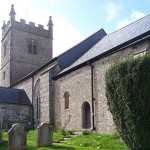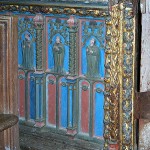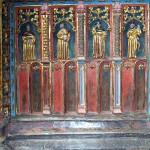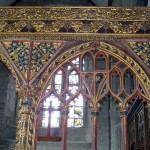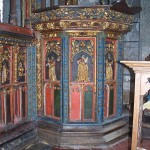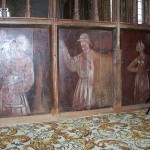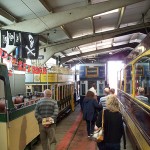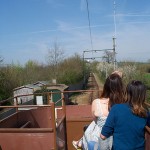The area to the north of the city centre is known as Old Aberdeen and contains the University and St Machars Cathedral, and Seaton Park.
Picture gallery follows; includes King’s College, Bishop Elphinstone Monument, Powis gate.
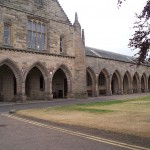
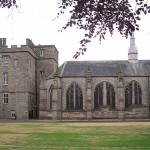
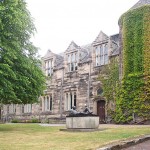
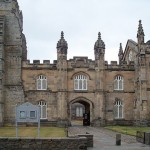
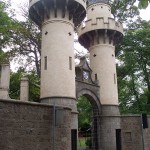
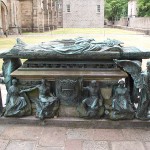
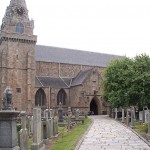
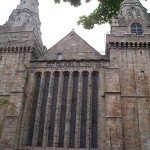
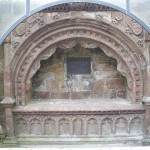
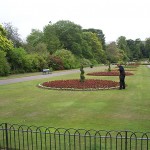
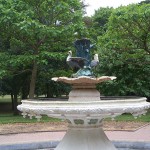
Category: Uncategorized
Aberdeen, Scotland – central
A selection of views of buildings near the port. Most buildings in this area look like they date from c19 but there are a few older ones, e.g the Tolbooth museum and Provost Skene’s House.
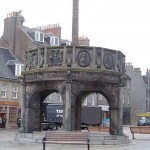
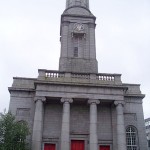
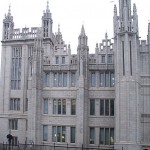
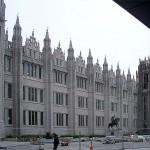
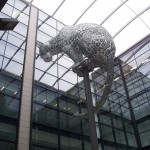
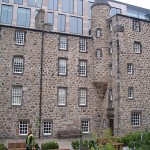
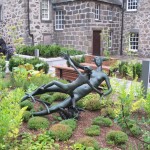
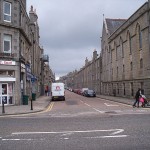
Devon Churches 2018 – Tawstock
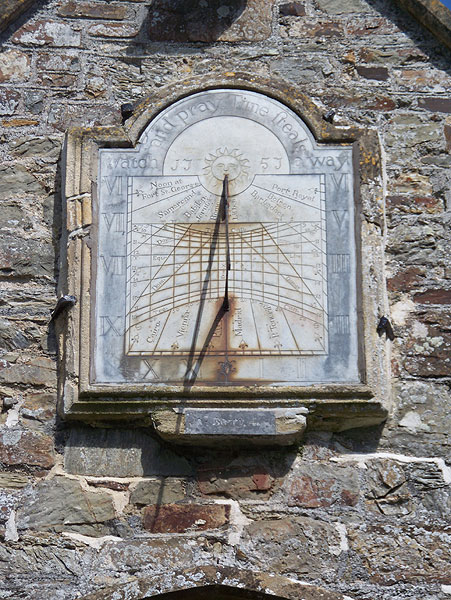
A Devon church included in ‘Devon’s 50 best Churches’ by Todd Gray.
The collection of church monuments is particularly fine. Most are connected to the Earls of Bath. Features of interest include the 16th century gallery, the manorial pew of the earls of bath, and two ceilings of Italian plasterwork.
The church is in a rural site, in the former park of the Earls of Bath. Nearby is an Elizabethan gatehouse, all that remains of an Elizabethan mansion. The house burnt down in 1787 and was replaced by the current Gothic style mansion, Tawstock Court.
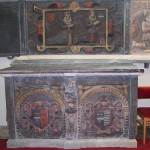

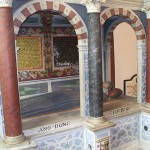
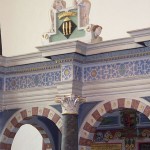
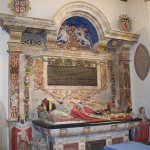
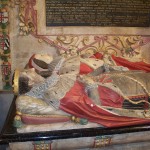
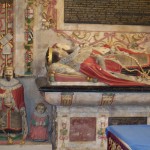
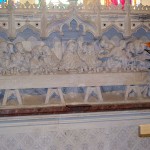
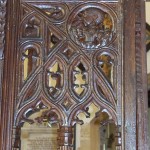
Royal Gunpowder Mills, Essex
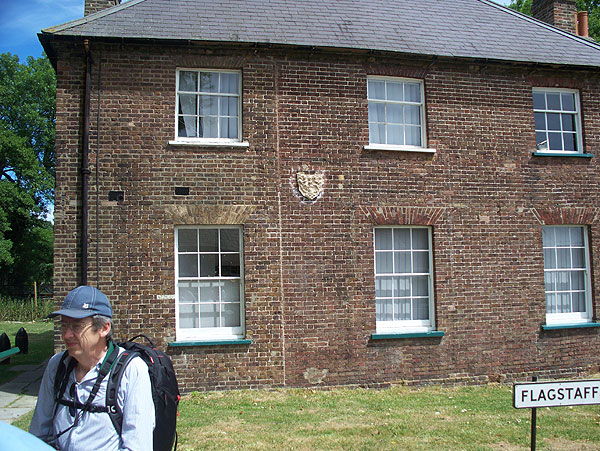 Gunpowder has been manufactured on this site at Waltham Abbey from the time of Charles II and probably earlier. The site was purchased by the government in 1787 and incorporated as the Royal Gunpowder Mills. It manufactured increasing quantities of gunpowder, cordite and other explosives. After WWII it became the Explosives Research and Development Department, ERDE. The site was closed by the Ministry of Defence in 1991 and all valuable materials on the site were scrapped, and old records destroyed.
Gunpowder has been manufactured on this site at Waltham Abbey from the time of Charles II and probably earlier. The site was purchased by the government in 1787 and incorporated as the Royal Gunpowder Mills. It manufactured increasing quantities of gunpowder, cordite and other explosives. After WWII it became the Explosives Research and Development Department, ERDE. The site was closed by the Ministry of Defence in 1991 and all valuable materials on the site were scrapped, and old records destroyed.
More recently, the site has been taken over by a charitable trust which preserves and displays the remains and also the natural history on the site. It is regularly opened to the public.
I visited the site as part of the ‘Invitation to View’ scheme of a date when the site was not opened to the general public. The visit comprised an introductory talk, a 2.5 hour walking tour and finally tea, sandwiches and cakes.
The walking tour included parts of the site not open to the general public (The public get instead a land-train tour of shorter duration).
The site is about a mile in length. The tour includes some intriguing brick and concrete structures, much greenery, a barge formerly used for transporting gunpowder, and a pond. It returns along the line of the later buildings used for making cordite. These contained beam engines (now missing) powering grindstones (now missing, but there is a replica in the last hut).
We did not visit every building (and not the film show).
Despite the length of the tour, there was not time to look at everything at leisure. 2.5 hours felt long enough on one’s feet, so anyone going on the ‘Invitation to View’ tour might want to factor in a follow-up visit on another date.
Overall, I’d rate this site as ‘interesting’ rather than ‘wow’. Worth a visit if you are interested in the subject.
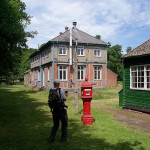
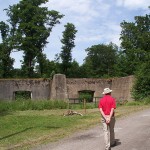
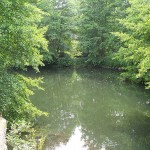
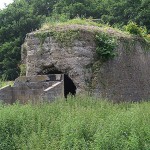
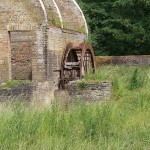
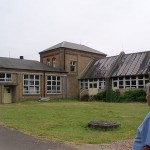
Devon Churches 2018 – Ashton
A Devon church included in ‘Devon’s 50 best Churches’ by Todd Gray.
St John the Baptist, Ashton SW Dartmoor.
A 15th century church with Perpendicular style windows. Roof, window tracery, floor etc restored 1881-3 and 1899-1901. Has a 5-bay Beerstone arcade and an important 8-bay roodscreen, paintings on west side of screen ‘the best in the county’.
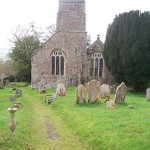
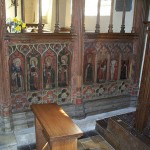
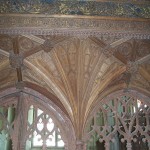
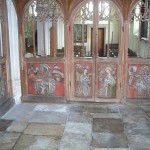
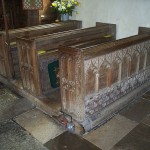
Devon Churches 2018 – Bridford
Devon Churches 2018 – Hartland
St Nectan’s Church, Hartland.
The church is in the hamlet of Stoke, between Hartland village and the coast. It has a fine rood screen, painted ceilings and an interesting museum up a narrow flight of stairs. The museum has painted fragments from a painted ceiling and other relics.
The church has a tall tower that can be seen form some distance out to sea.
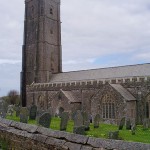
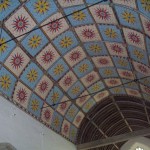
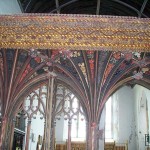
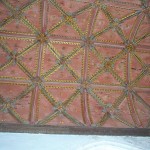
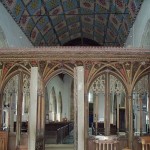
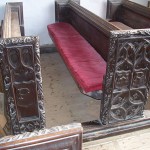
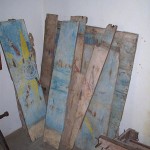
Seaton Tramway, Devon
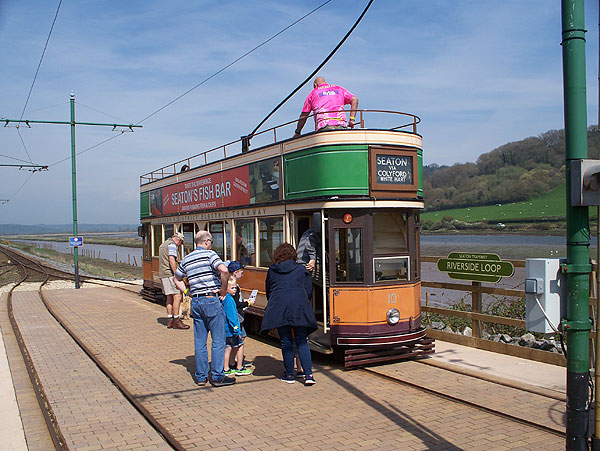 The Seaton Tramway is a 2 ft 9 in (838 mm) narrow gauge electric tramway which operates over part of the route of a former London & South Western Railway branch line to Seaton, Devon. The tram line was established in 1970 by Claude Lane.
The Seaton Tramway is a 2 ft 9 in (838 mm) narrow gauge electric tramway which operates over part of the route of a former London & South Western Railway branch line to Seaton, Devon. The tram line was established in 1970 by Claude Lane.
The line runs from Colyton village to Seaton, with an intermediate stop at Colyford. Currently while the new station in Seaton is under construction, trams terminate at the Seaton Riverside depot, with onward travel by shuttle bus. As compensation for the shortened run, on the return from Seaton a conducted tour of the tram depot is currently included.
The tram ride is very enjoyable, as a top deck seat ensures views of the countryside and the riverside wetlands between Colyford and Seaton. Around a dozen trams may be seen at the tramshed. The tram service runs every half hour or so in season. There is free parking at Colyton station.
For the technically minded, the trams operate on 120 volts DC, fed from batteries which are trickle charged.
The village of Colyton is worth a visit, as is the old part of Seaton.
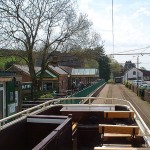
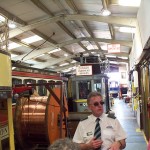
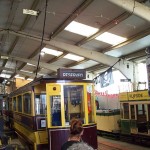
Clyston Mill, Killerton Estate, Devon
 National Trust
National Trust
Clyston Mill is an 18th century watermill on the outskirts of the village of Broadclyst. It has an undershot waterwheel, which drives gearing driving two sets of millstones. Visitors can access two floors and see the mechanism. The mill is still in working order and can grind corn into flour. Working is dependent on the level of the river, as flood levels prevent the undershot wheel from functioning.
It is possible to combine a visit here with a visit to Killerton House, several miles away. The Mill is well worth a visit if you are in the area.
On driving into the village you should see a discreet National Trust sign. This in fact leads to the village car park. Park here and look for the signage directing you by foot to the mill. There is an adequate trail of signage which leads you across the main street, past the church, across a meadow, through the grounds of a private house, to the mill.
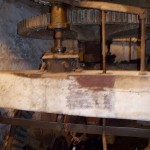
Old Post Office, Killerton Estate, Devon
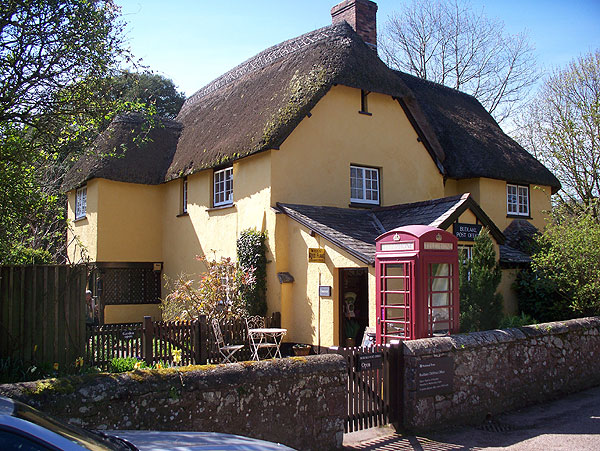 National Trust
National Trust
The Old Post Office is part of the Killerton estate, and a visit to it can be combined with a visit to Killerton House and grounds (Q.V.)
The Old Post Office closed in the 1960’s and is housed in a thatched cottage about half a mile from the Killerton house car park. It is displayed as it might have looked in the 1960’s with period counter and packaged products. There is also a small cottage garden and outbuildings with a pigsty and (replica) pig.
Well worth a visit of about half an hour.
You can walk to the cottage from the house grounds – the footpath heads in the opposite direction to the house and crosses a road. It is also possible to drive there if you turn left out of the house car park exit and then first right at a small grassy triangle. There is limited parking on a loop road outside the cottage.
The cottage has its own postcode.


